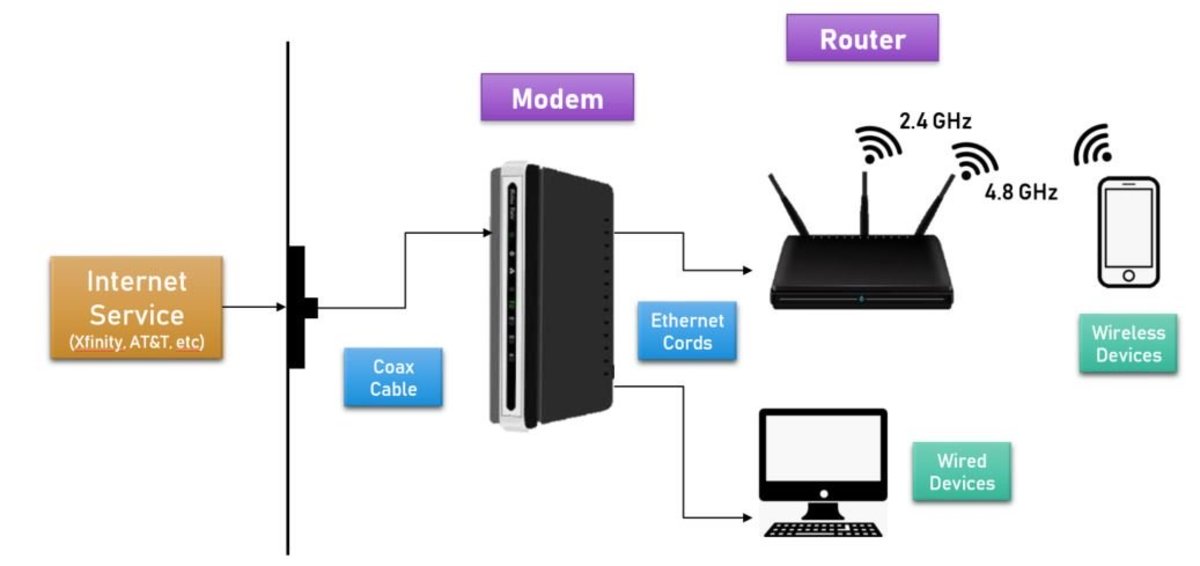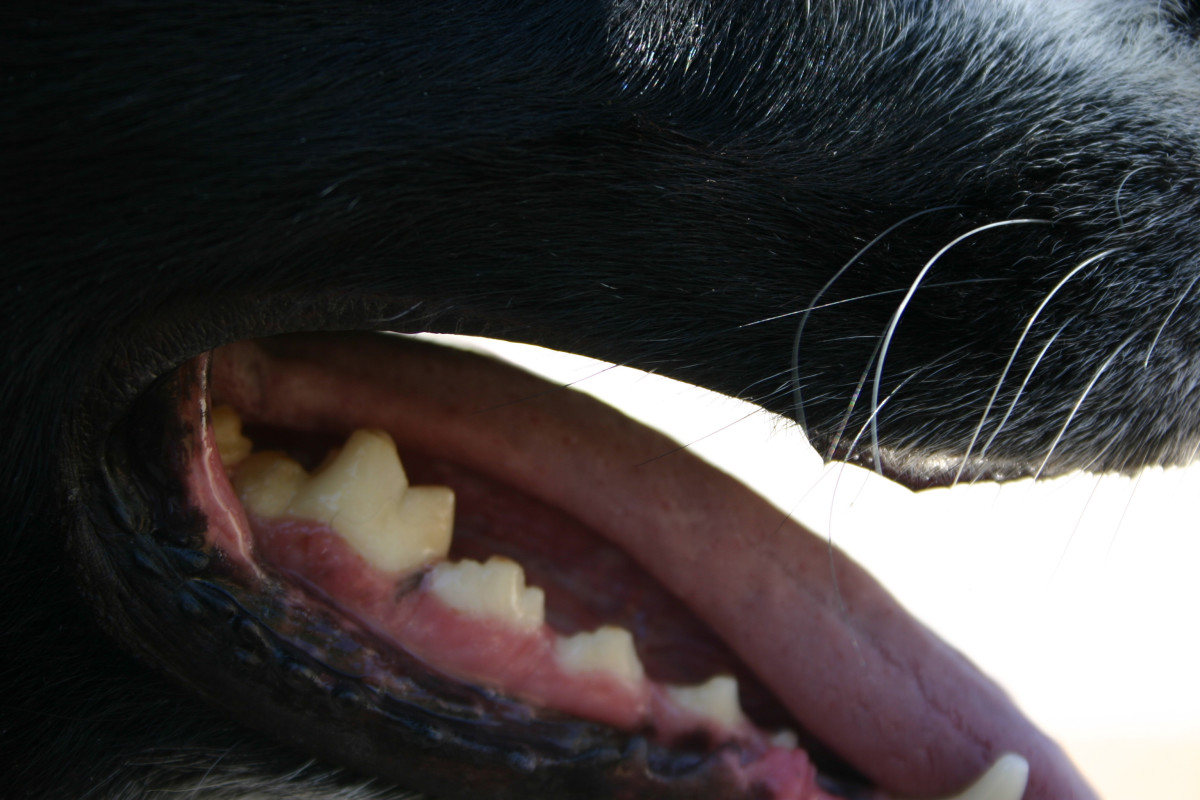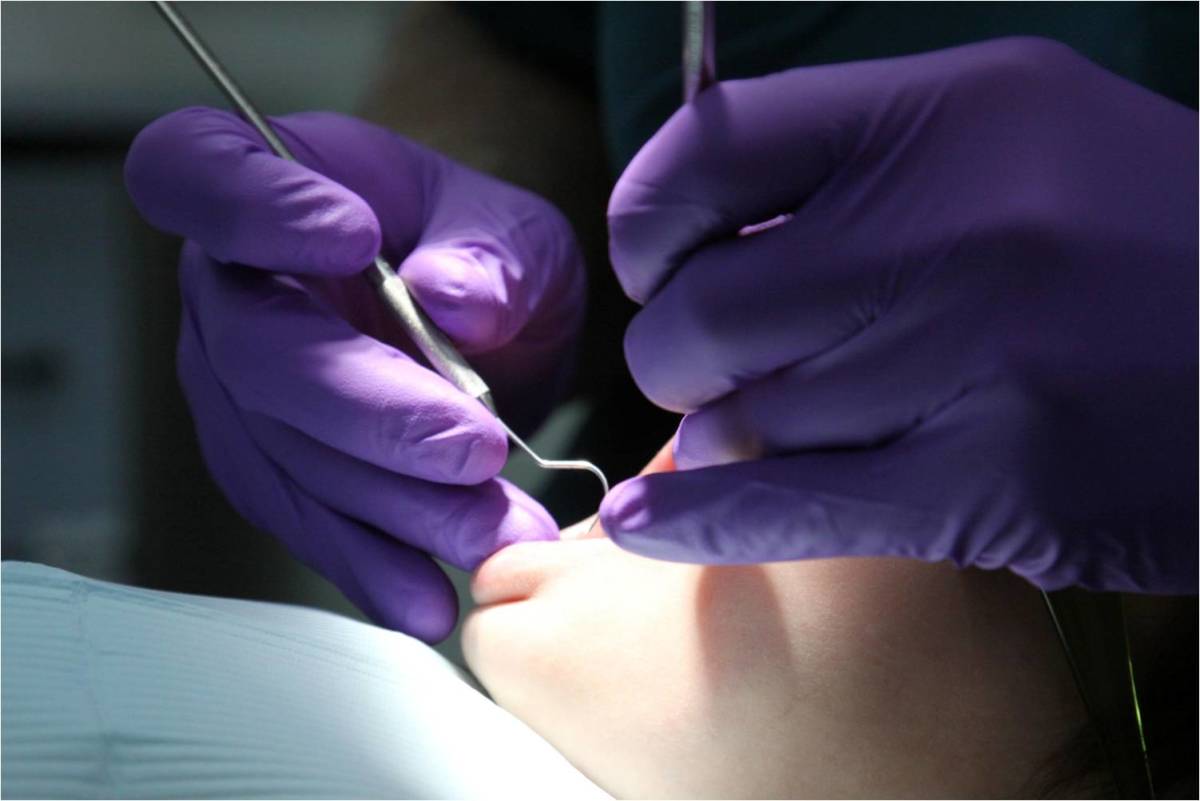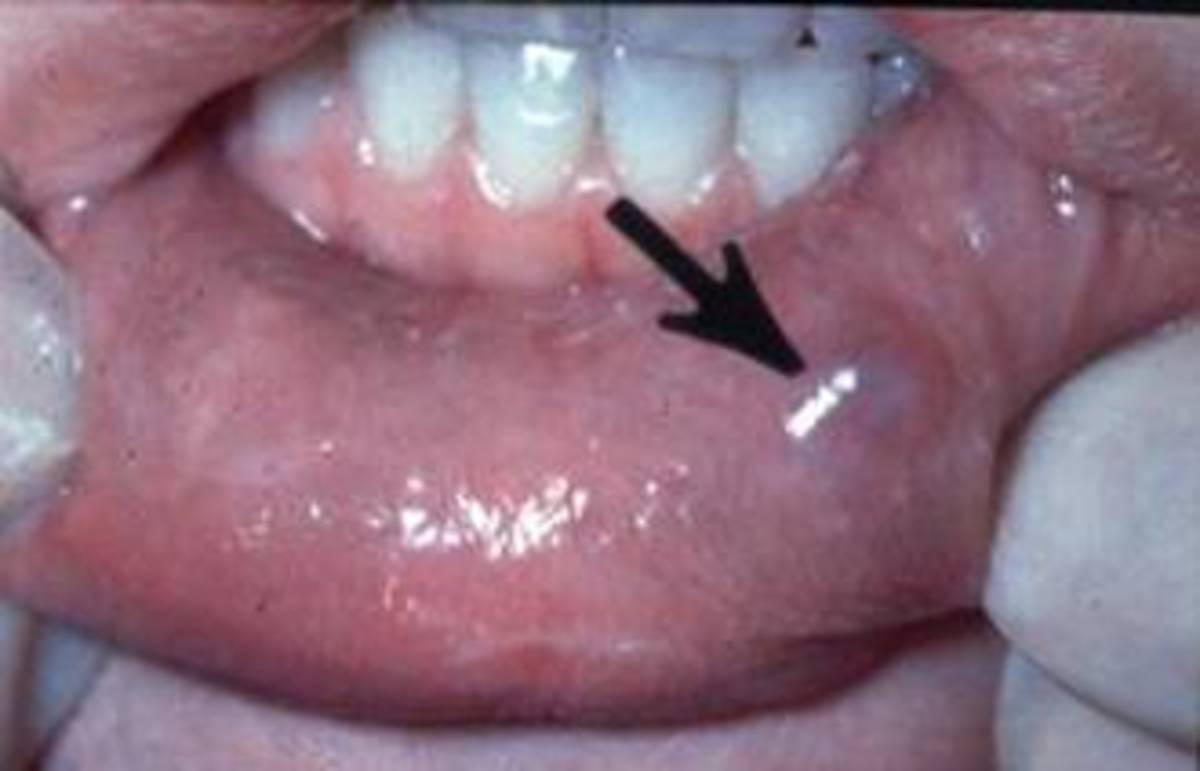What's the difference between simple extraction and surgical tooth extraction?
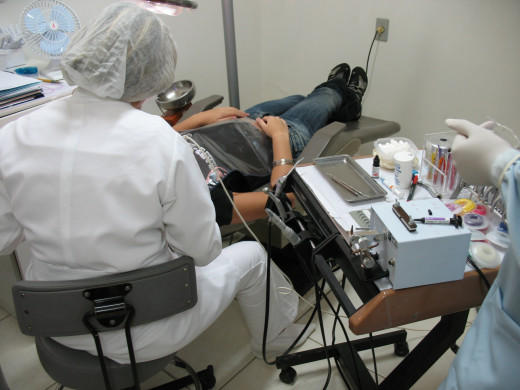
Simple extraction versus complex, surgical extraction
So you're at the dentist, you just had some x-rays done and your dentist is evaluating them and you hear him mumble the words "simple extraction" and "surgical extraction" to his assistant. You wonder what exactly he is talking about. After he is done, he gets up and talks to you about that old root canal that has fallen apart over the years and that it should be removed to prevent infection. He further explains that it may not be a simple extraction, and therefore, you may need to have it surgically extracted. He tells you that you'll likely need to have it done by an oral surgeon and that he will give you a referral for the best in town.
So you leave the office with the referral paper, but before going to the surgeon you want to conduct some research so to know what to expect. So here you are, wondering the differences between a simple extraction and a surgical extraction. The world would be so much easier to live in, if only medical professionals could use simple terms instead of medical lingo! Luckily though, Mr. Google could help sort things out. So what's the difference between a simple extraction and a surgical extraction? Well, for sure they are both extractions, in both cases, the teeth most likely need to be removed by rocking the tooth side to side so to enlarge the socket and rupture the periodontal ligament that keeps the tooth securely in the socket.
Simple Extraction
The term simple in this case may sound quite reassuring. Simple things sound easy. In the case of simple extractions, it refers to extraction of teeth that are visible in the mouth. Any general dentist can extract this type of tooth.The procedure is generally done fairly quick. The dentist uses an elevator to dislodge the tooth from the gum and then forceps are used to grasp and remove the tooth. In most cases, local anesthesia will suffix.
Surgical Extraction
Also known as complex extraction, a surgical extraction, as the name implies, may be a tad bit more complicated. The term refers to extraction of teeth that may have broken at the gum line, have failed to erupt or are impacted (as in wisdom teeth). These extractions are usually done by oral surgeons, but sometimes general dentists are comfortable performing them. To remove the tooth, the surgeon may need to make small incisions in the gums, remove bone around the tooth or cut the tooth in pieces if a tooth is firmly anchored in its socket so to remove these pieces one by one. Stitches are often used. Local anesthesia may be offered, but patients may have other options such as intravenous sedation or general anesthesia.
Who should perform a surgical extraction?
Ideally, the oral surgeon is the most qualified person to perform a surgical extraction--but, there are many great dentists who are comfortable performing simple and some complex extractions and can do a pretty decent job. However, there are several factors to consider. Oral surgeons are best equipped to handle medical emergencies that may be encountered during extractions. On top of that, consider that oral surgeons complete anywhere from 4 to 8 years of additional training after graduating from dental school. So if you are looking for experience, an oral surgeon is the way to go, but expect to pay more!
The truth about simple and surgical tooth extractions
We may be intimidated by the term "surgical" as we imagine blood, cuts and stitches, but in reality, according to Beautiful Smiles, even the act of removing decay and some tooth structure while simply performing a filling can be regarded as a form of surgery! As scary as they may sound, surgical extractions are routine for oral surgeons which do them on a daily basis. No black and white generalizations can be really made as to which form of extraction is more complicated as there can be many variables.
Generally, a surgical extraction takes about the same time it takes to do a simple extraction. However, extra time may be needed in surgical extractions because of preparation and suturing. While sitting in the dentist's chair may feel like a very long time, in most cases after being numbed up, you should be done within 15-20 minutes if all goes well. At times, a simple extraction may turn out being more lengthy than an actual surgical extraction since in a simple extraction it may take some time to loosen the tooth out; whereas in a surgical one, such as in the case of a small root fragment, all that may be needed is a bit of leverage to pop the tooth right out!
When it comes to pain, you may expect surgical to be more painful, but in reality both simple and surgical dental extractions should be pain-free as you're fully numbed up. You will feel some pressure though in both types of extractions. Recovery may be a bit more lengthy in surgical extractions as they are generally more involved; however, recovery is ultimately also something personal that may vary from one person and another and may depend on several factors such as how carefully one follows post-op instructions, which tooth was affected, how healthy the immune system is, the age and overall health condition of the patient etc. Generally, in both simple and surgical extractions, the healing pain is felt mostly for the first couple of days, and then the area feels much better after a week or two.


